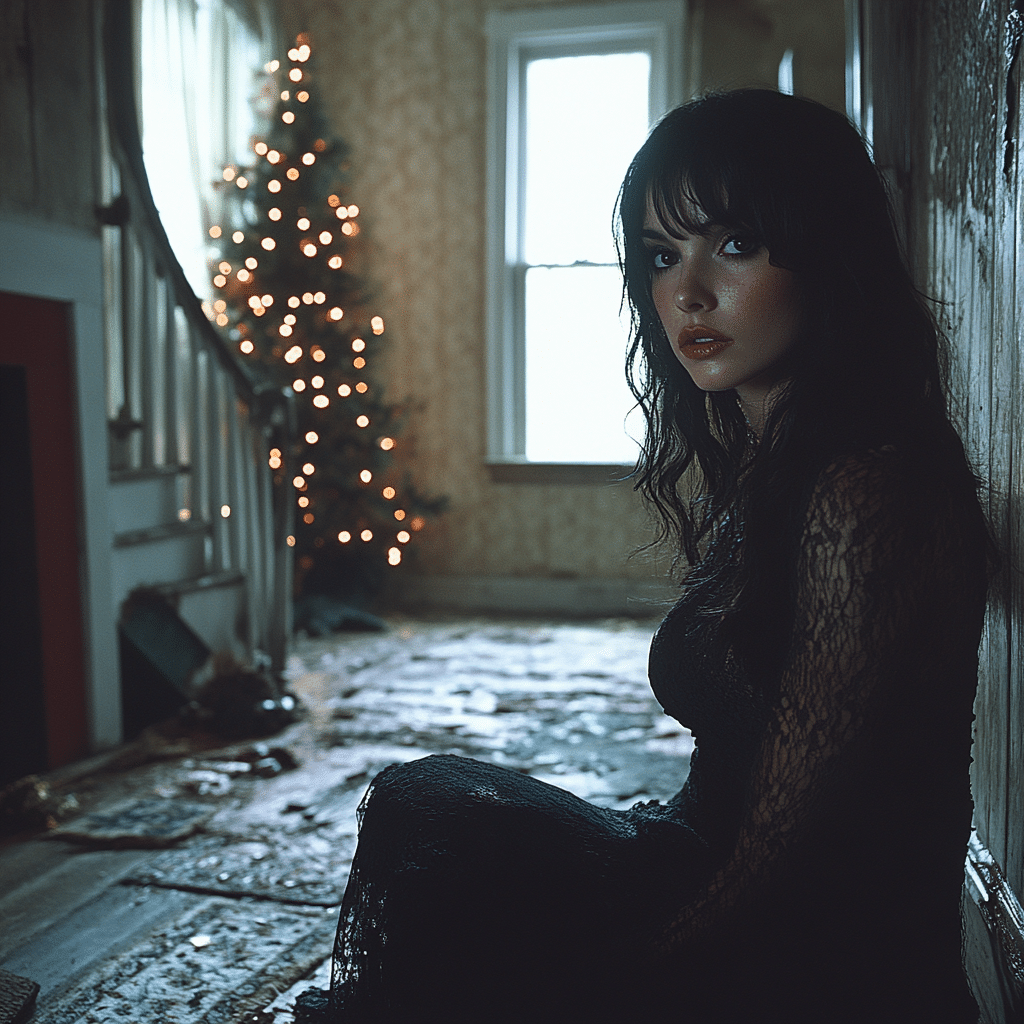
Black Christmas 2006 A Gripping Horror Remake To Remember
With the rising trend of horror remakes in the early 2000s, Black Christmas 2006 emerged from the shadows of its 1974 predecessor, taking viewers on a dark and twisted ride through holiday horror. While the film received a mixed reception upon release, it has since carved out a niche within the horror genre. This invites conversation about its themes, stylistic choices, and contributions to the legacy of Christmas-themed horror films.
The 2006 version of Black Christmas is a loose remake and reimagining produced by Morgan and James Wong through their production company Hard Eight Pictures, alongside 2929 Productions, Adelstein-Parouse Productions, and Hoban Segal Productions. It draws inspiration from a shocking series of murders that occurred during the holiday season in Westmount, Montreal, back in 1943, where a fourteen-year-old boy tragically ended multiple lives within his own family. This real-life horror adds a chilling layer to the film, making it all the more haunting.
By reinterpreting these dark themes, Black Christmas 2006 not only re-examines the original’s narrative but also reflects modern anxieties regarding violence and family during a time that typically signifies joy and togetherness. The film invites viewers to experience Christmas from a fresh perspective—one where delight turns into dread, and traditional holiday cheer morphs into a chilling encounter.
7 Reasons Black Christmas 2006 Stands Out in Horror History
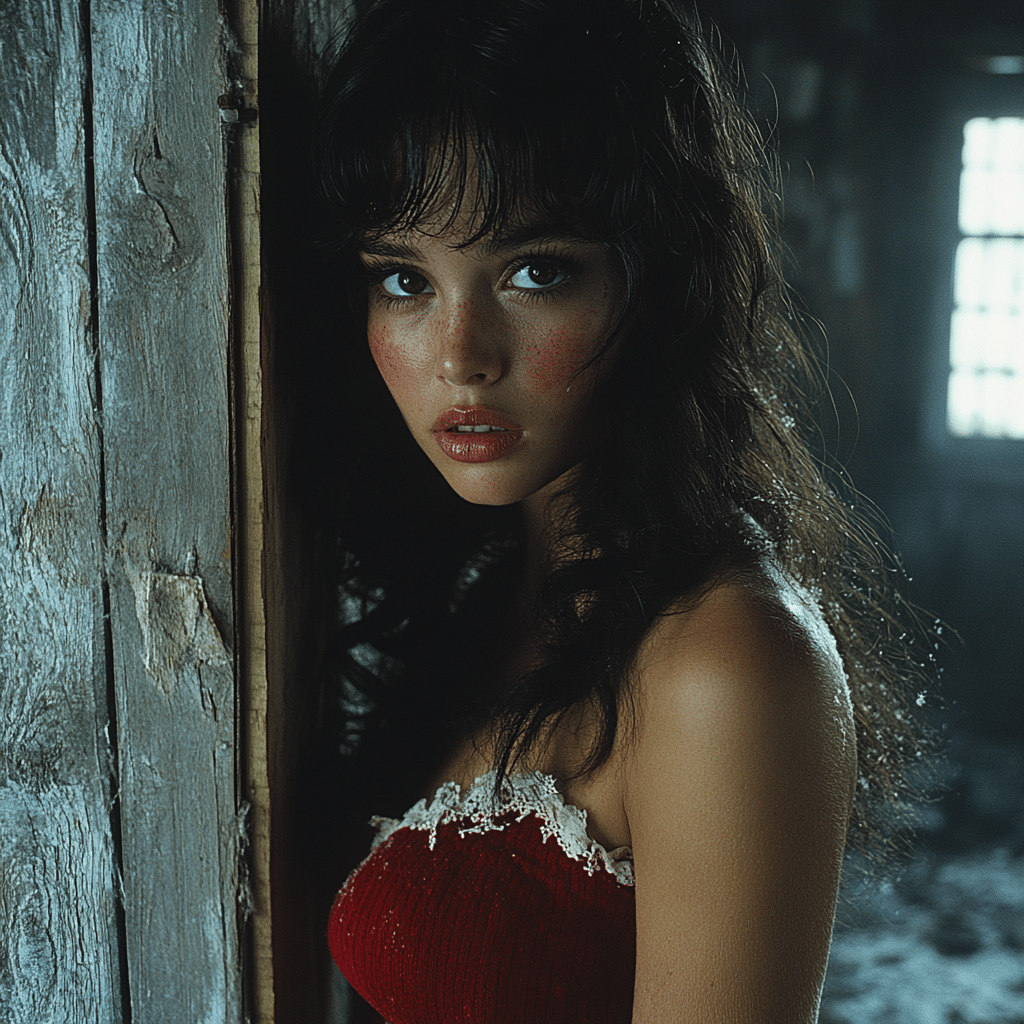
1. Feminist Undertones in a Horror Context
The 2006 remake of Black Christmas pushes beyond typical horror tropes, diving deep into themes of female empowerment and survival. Unlike many films of its time that portrayed women purely as victims, this version showcases female characters with agency, resilience, and complexity. Katie Cassidy’s portrayal of the protagonist exudes determination and strength, setting a new standard for future female leads in horror.
This altered dynamic elevates the viewing experience, allowing horror enthusiasts to see women not just battling foes but also grappling with personal demons. The film’s approach highlights how female protagonists can stand strong, reflecting a shift in the narrative landscape. These portrayals are pivotal considering the genre’s storied history of relegating female characters to mere fodder for fright.
2. Creative Visual Style and Cinematography
Directed by Glen Morgan, Black Christmas 2006 shines through its remarkable attention to visual aesthetics. The cinematography by David Emmerichs uses striking contrasts and gothic elements, merging a beautiful Christmas setting with a haunting atmosphere. This unique visual style intensifies the sense of dread, making the horror feel immediate and tangible.
The film’s visuals echo the jarring juxtaposition found in other classics, resembling is a stylistic cousin to The Nightmare Before Christmas. As we sip from our Nightmare Before Christmas Starbucks cups, the film leaves us spellbound, drawing fresh parallels to the contrast between festive joy and the impending terror lying just beneath the surface. The horror, then, feels not just like an event but an experience that lingers long after the credits roll.
3. A Distinct Narrative Structure
The film diverges from the original storyline and throws a spotlight on the backstory of the killer, Billy. This exploration of Billy’s troubled childhood gives viewers insights that deepen the character’s intimidating psychosis. By providing a tortured past, Black Christmas 2006 offers a more complex portrait of evil compared to its predecessor, turning our villain into a relic of tragedy rather than just a mindless force.
This layered storytelling provides audiences with the opportunity to grapple with ethical dilemmas. While Billy’s actions are unforgivable, understanding the why behind the horror offers a compelling commentary on the cycles of violence and neglect. Viewers find themselves reflecting on these dark themes while maintaining a tense grip on their seat as the horror unfolds.
4. Cultural Commentary on Family and Tradition
Incorporating a modern setting, Black Christmas 2006 explores the decay of family values and the perversion of holiday traditions. The film critiques how modern culture often overshadows the true spirit of Christmas, resonating with audiences who yearn for meaning amidst antagonizing frenzy—a reality echoed through scenes featuring deteriorating family structures.
This commentary creates a resonant backdrop for the horrors that manifest within the film. As characters grapple with personal relationships burdened by secrets and estrangement, viewers witness a comparison to their own lives, realizing how issues like family strife loom large even during the holidays. The perverse twist on these beloved traditions turns comfortable holiday memories into nightmarish confrontations, compelling audiences to reconsider their own festive celebrations.
5. Comprehensive Use of Symbolism
Symbolism plays a crucial role throughout the film, woven seamlessly into the narrative. The recurrent motif of the Christmas tree acts as an emblem of both joy and a sinister backdrop for violence. Meanwhile, the film uses vibrant colors to juxtapose innocence and horror, creating complex visual narratives that speak volumes without uttering a word.
These layers of imagery elevate Black Christmas 2006 beyond mere slasher fare. The film becomes a canvas where holiday merriment is beautifully illustrated before being cruelly ripped apart, inviting viewers to contemplate the deeper meanings hidden amidst the chaos. This thoughtful method of storytelling keeps viewers guessing and deeply engaged, entranced by its darker interpretations of beloved symbols.
6. Cameos and Multimedia Connections
The film features captivating cameos, such as Andrea Martin, who also starred in the original Black Christmas. This connection not only pays homage but also reinforces its status in the annals of horror cinema. Such intersections foster nostalgia while simultaneously bridging conversations between old and new horror narratives.
These creative connections engage fans and encourage them to explore the rich history between these two versions. With tributes echoing throughout, it resonates deeply for those familiar with the original while maintaining accessibility for newcomers. The film becomes a dialogue that spans generations, ensuring its relevance today.
7. Cult Following and Modern Relevance
While Black Christmas 2006 didn’t become a blockbuster hit, it has since accumulated a cult following. Fans appreciate its unconventional take on horror, ensuring it finds a place in contemporary discussions about the genre. This film often represents how remakes can reframe original narratives and empower characters, striking a chord with both filmmakers and viewers alike.
Its unique ability to transcend initial mediocrity has led to a reassessment in the genre. In an industry where horror increasingly strives for depth, the enduring conversations surrounding Black Christmas 2006 reveal its surprising influence on new projects today. Cinema-goers and creators alike can draw valuable lessons from its intricate storytelling, underscoring the film’s modern relevance.
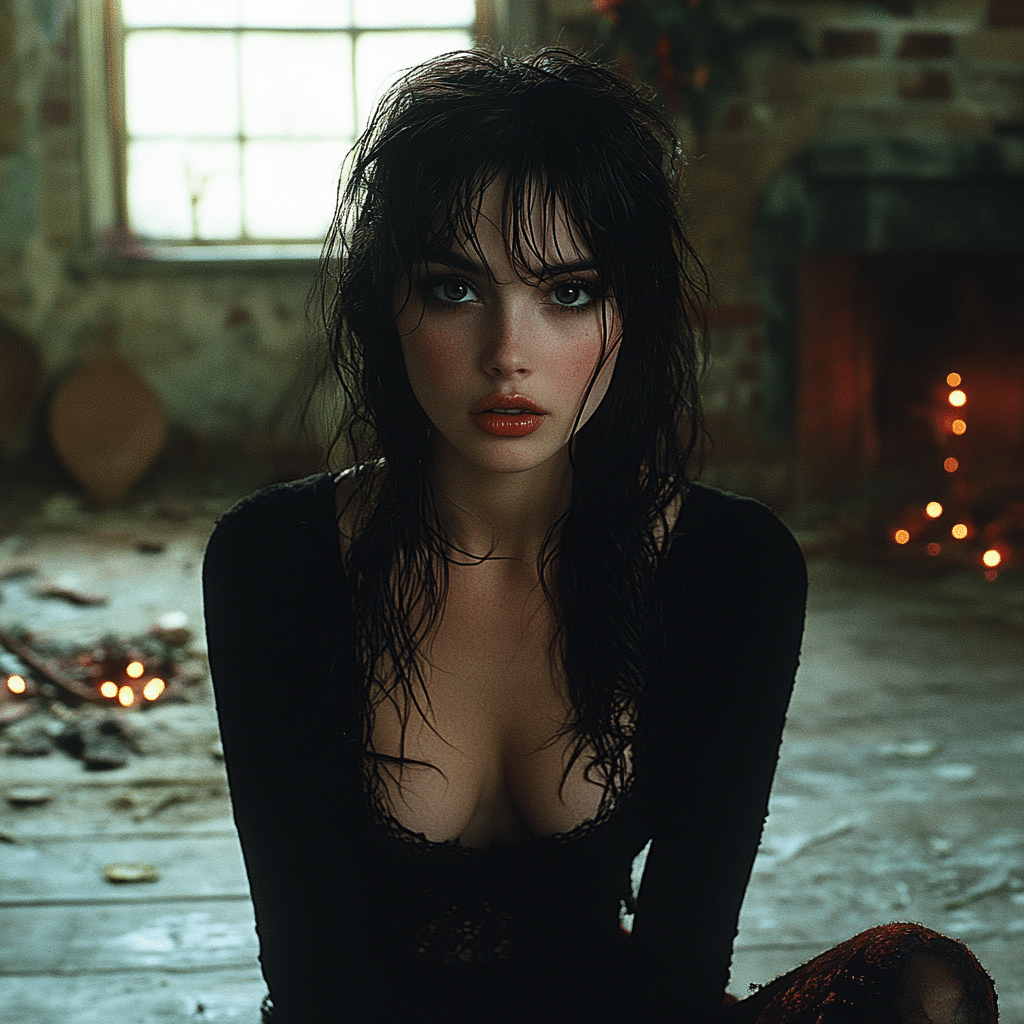
The Legacy of Black Christmas 2006 in Contemporary Horror
In a landscape overcrowded with horror films, Black Christmas 2006 remains a compelling study in balancing holiday nostalgia with the visceral appeal of horror. By intertwining themes of female empowerment, social commentary, and innovative storytelling, it successfully transcends the label of mere slasher.
The film invites valuable comparisons to other modern horror remakes, like It Follows and The Conjuring, which also strive to convey deeper moral or psychological messages beneath their horror façades. Future filmmakers looking to build on the foundations laid by predecessors will find inspiration in Black Christmas 2006, serving as a case study in successfully wending substance and style with fright.
As it continues to inspire dialogues among horror enthusiasts, the film stands as a testament to the transformative potential of remakes. As we delve into the layers of horror surrounding Christmas, we enter a labyrinth filled with nuances, reflecting that as we retreat into the darker tales that emerge from comfort— like those involving Nightmare Before Christmas characters—we find tales that highlight the thin line between celebration and horror.
As a reminder of the complexities inherent in storytelling during this festive season, Black Christmas 2006 successfully entangles joy and nightmares. It proves that, sometimes, the biggest terror can come dressed in festive cheer.
Black Christmas 2006: Fun Trivia and Interesting Facts
A Chilling Production
“Black Christmas 2006” isn’t just a run-of-the-mill slasher flick; it’s packed with some eerie trivia! Did you know that the film is a remake of the 1974 classic? This newer version injects a bit more backstory into its psychopathic killer, allowing fans to explore the twisted psyche of the character. It’s fascinating how horror has evolved—just check the heat depth chart used during production to design that thrill factor! Additionally, the film features a cameo by the talented Mary Elizabeth Winstead, who has since skyrocketed in Hollywood.
Behind the Scenes
Curiously, the production team wanted to ensure a visually striking experience, which explains why they employed various lighting techniques throughout the film. The intention was to evoke fear and dread in viewers—no small feat when you think about the history of horror! Speaking of history, have you seen the mortgage rates history graph? It serves as a great reminder of different eras, much like how “Black Christmas 2006” channels the horror vibes of its predecessors!
Fun Facts
Now, here’s another trivia nugget: the film features a chilling soundtrack that includes classical music. It juxtaposes beautifully against the horrifying visuals, heightening the tension in every scene. Plus, for fans of multi-talented actors, the movie stars the enigmatic Lacey Chabert, who also has a knack for voice acting, voicing characters in various animations. It’s kind of reminiscent of projects like Dinardetectives that blend creativity with suspense. And if you’re hungry for more insights, check out the connection between the film’s chilling themes and the dramatic tales of royalty like Charlene , Princess Of Monaco.
So, next time you decide to indulge in “Black Christmas 2006,” remember these fun facts! They make the viewing experience so much richer. It’s got that perfect blend of nostalgia and horror that keeps the audience guessing until the very end.
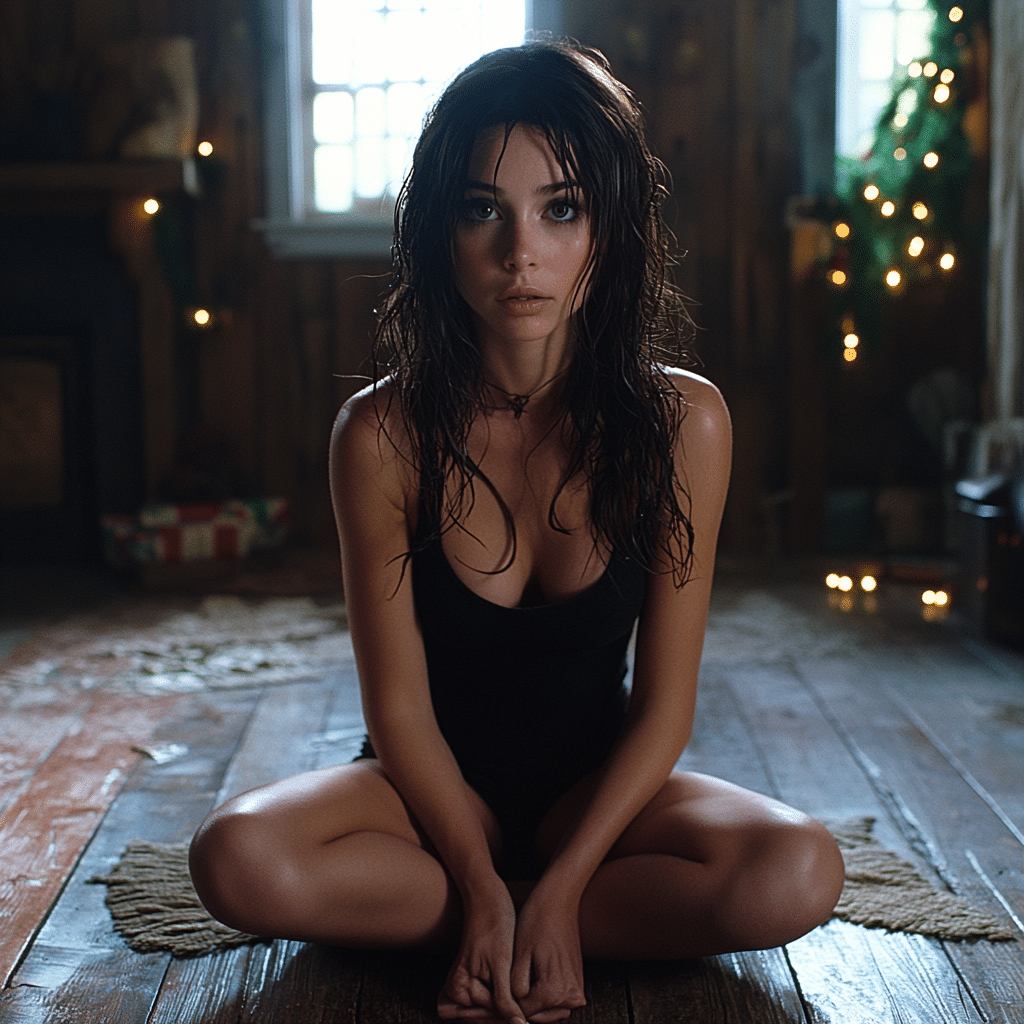
What is Black Christmas 2006 about?
Black Christmas 2006 is about a group of sorority sisters who are stalked and murdered by a deranged killer during the holiday season. As tensions rise, they fight to survive the night while uncovering dark secrets about their connection to the killer.
Is Black Christmas 2006 a sequel?
Black Christmas 2006 isn’t a sequel; it’s actually a loose remake and reimagining of the original 1974 film of the same name.
Is Black Christmas based off a true story?
While Black Christmas isn’t a direct retelling of true events, writer Glen Morgan drew inspiration from a series of murders in 1943 involving a teenager who tragically killed several family members in Montreal.
How many versions of the movie Black Christmas are there?
There are three main versions of Black Christmas: the original 1974 film, the 2006 remake, and a 2019 reboot. Each brings its own flavor to the chilling story.
What was the twist in Black Christmas?
The twist in Black Christmas is that the killer is revealed to be a family member of one of the sorority girls, adding a disturbing layer to the plot.
Who was the killer in Black Christmas?
The killer in Black Christmas is Billy, a disturbed young man with a twisted family background who commits horrific acts against his former relatives and their friends.
Is Black Christmas a scary movie?
Black Christmas is considered a scary movie due to its suspenseful atmosphere, shocking murders, and psychological tension, especially surrounding the holiday season.
Is there a final girl in Black Christmas?
Yes, there is a final girl in Black Christmas. The character Jess fights for her survival and represents hope amid the chaos, typical of the final girl trope in horror films.
Which Black Christmas movie is best?
The best Black Christmas movie often sparks debate, but many fans hold the original 1974 version in high regard for its pioneering role in the horror genre, while others appreciate the distinct style of the 2006 remake.
Why was it called Black Christmas?
It’s called Black Christmas because it takes place during the holiday season, and “black” refers to the dark events and themes that unfold, providing a stark contrast to the festive backdrop.
Does Jess survive Black Christmas?
Jess does survive Black Christmas, but not without a struggle, leaving viewers on edge about her fate right until the end.
Where was the filming of Black Christmas?
Filming for Black Christmas took place primarily in Canada, specifically in Vancouver and its surrounding areas, which provided a chilling backdrop for the story.
What movies did Black Christmas inspire?
Black Christmas inspired several films, particularly within the slasher genre, influencing works that feature similar themes of isolation and holiday horror.
What is the alternate name for the movie Black Christmas?
The alternate name for the movie Black Christmas is “Silent Night, Evil Night,” which was used during its initial promotional period.
Was there a remake of Black Christmas?
Yes, there was a remake of Black Christmas in 2006 and again a reboot in 2019, each offering a new take on the original story while maintaining its core themes.





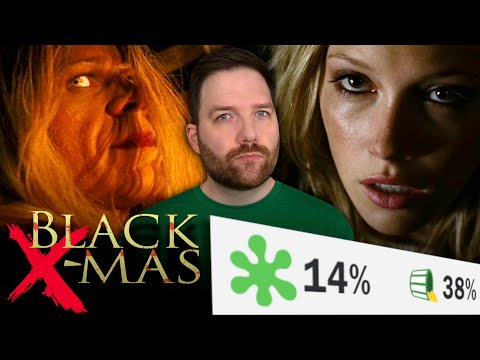
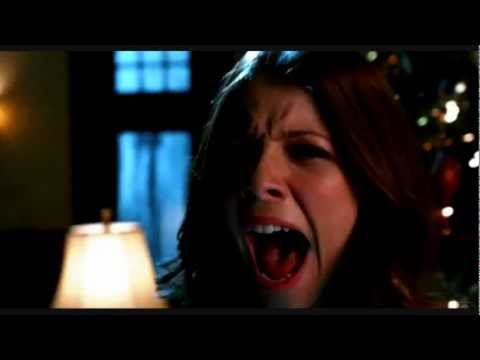
![Black Christmas - Official Trailer [HD]](https://www.loaded.video/wp-content/cache/flying-press/gF4yRYbo1WE-hqdefault.jpg)




